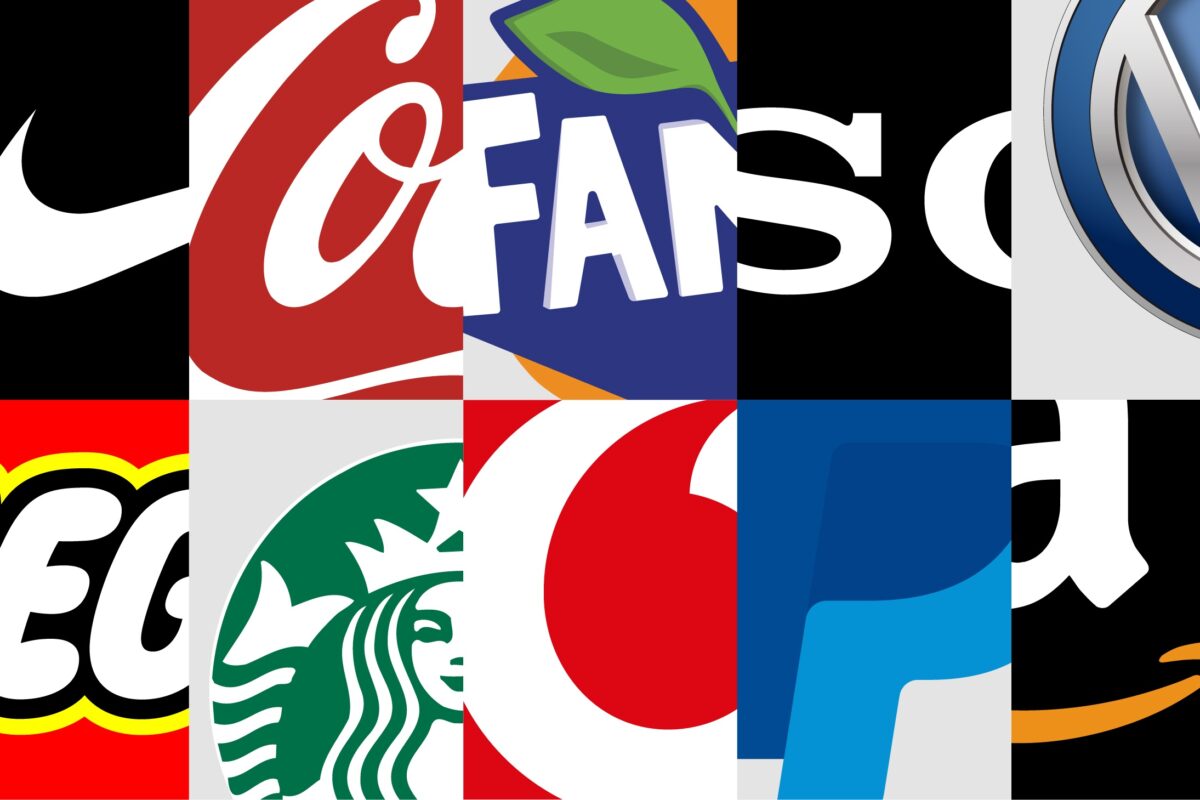Can you really test a new name with customers and prospects? What can you expect to learn from the process? To answer those questions, we sat down with Sandra Bauman, PhD., founder of Bauman Research and Consulting.
Over the last 20 years, Dr. Bauman has managed 250 studies for clients in corporate image. Among her clients are Samsung, Bayer, Stryker Orthopaedics, Brandtrust, Thomson Healthcare, Pfizer, J.H. Cohn and Colangelo.
Q: Sandra, let’s start with a question many clients ask: Is it really possible to research a new name with customers or prospects?
Of course! But as with any research endeavor, it’s critical that the research be designed very carefully to get the most meaningful – and unbiased – results. As the saying goes, “garbage in, garbage out.” Researching names can be tricky – it requires a thorough understanding of the objectives and a carefully crafted series of questions that allow respondents to free-think about the names as well as rate the names for appeal, appropriateness, connection to corporate values and other criteria.
One of the ways that research can be most helpful is in uncovering associations or connections that people make of the names to other products, companies or situations. Every name communicates something (and if that something is nothing, that’s a problem!). Research can show what first comes to mind when a respondent hears or sees a name, what other things the name sounds like or reminds them of, and most importantly, what they think a product or company by that name would stand for, be, do. By evaluating these reactions we can get a sense of which names are doing the best job at communicating what we’d ideally like, and which are disasters waiting to happen.
Q: So what are the limitations? What is unrealistic to expect of name testing?
Customers, prospects and people in general are reactive in nature. They are great at telling you what they like and don’t like when they see or hear something. But they aren’t naturally creative or inventive. Don’t expect your respondents to come up with name suggestions. Most have a “I’ll know it when I see it” approach to new concepts (whether those be names, products or strategies).
Humans are also naturally critical. They are more likely to tell you what they don’t like about something than what they do. Especially in a research context. They know that’s what they are expected to do in that situation – why else would you be asking?
Finally, I would never, ever use research to choose a “winning” name. Naming is an emotional and strategic endeavor. “Owners” of the name (companies) and their decision-makers (executives) hold the ultimate responsibility of choosing the name that is right for their product or company. Much of the potential of a name cannot be seen by customers or prospects without the full execution through logo, packaging, marketing, point-of-sale and advertising.
Q: What about focus groups? Do they have a place in testing names?
Sure. Qualitative approaches are valuable in much the same way as quantitative research (surveys) when it comes to naming. That is, you can assess initial reactions to names, their associations to other entities and the specific attributes being communicated.
With qualitative research, the benefit is that you can get very in-depth with customers and prospects about their reactions and probe for their feelings, attitudes, associations and visualizations on a much deeper level. That’s much harder to do with surveys, which are much more structured. Qualitative research is also ideal for when there are visual executions of the name to be tested (e.g., logo, packaging) because respondents can see and touch them.
Q: What about consumers seeing a new name in the real-world context of a package, or a letterhead if it were a new company name? Is that important?
Absolutely. The name itself – the combination of letters – is only one part of the impact. How the name is executed also communicates a lot of things. Showing the word in italics can signal movement, for example. Some fonts signal “tradition” and “heritage” while others are “innovative.” Taglines are sometimes part of a logo execution and those further help define the name and its meaning for consumers. Icons or other graphical representations also add to the name’s meaning.
The fact is, the name itself is never operating in a vacuum in the real world. It is surrounded by so many other factors that influence how people think of or interpret the name.
Q: Can you test for specific attributes or characteristics of a new name?
Yes, and you should. Typically we do this at the end of the research, so as not to bias respondents when we’re asking for their initial reactions. The attributes that the name choices should be measured against are a function of what you’re trying to accomplish or communicate with the name. Those attributes will vary depending on what is most important or differentiating for a particular company or product. But it’s always a good idea to see how your name choices measure up to the attributes or characteristics that you ideally want to be associated with or stand for with your customers.
The Blake Project Can Help: The Brand Positioning Workshop
Branding Strategy Insider is a service of The Blake Project: A strategic brand consultancy specializing in Brand Research, Brand Strategy, Brand Licensing and Brand Education




